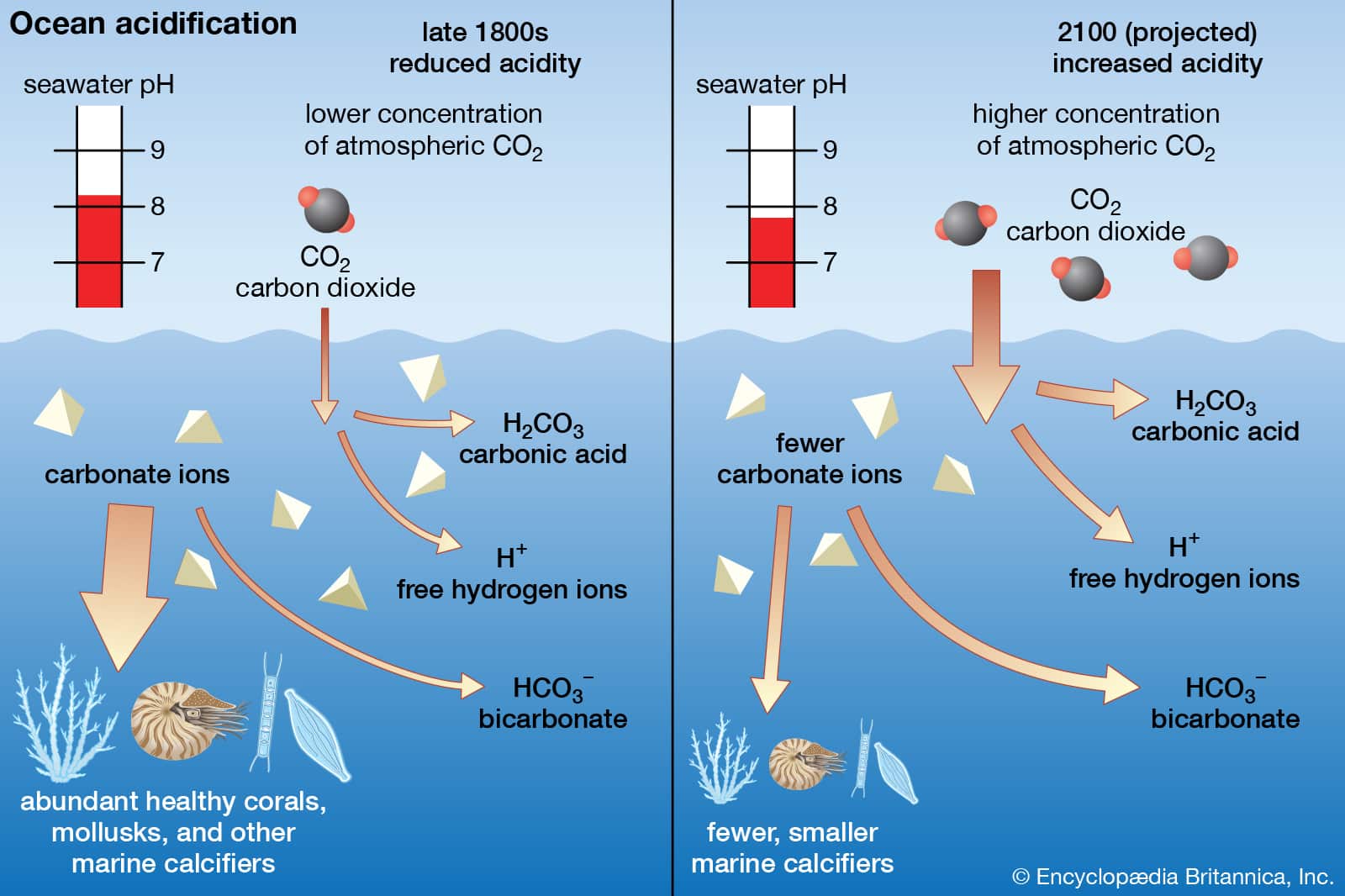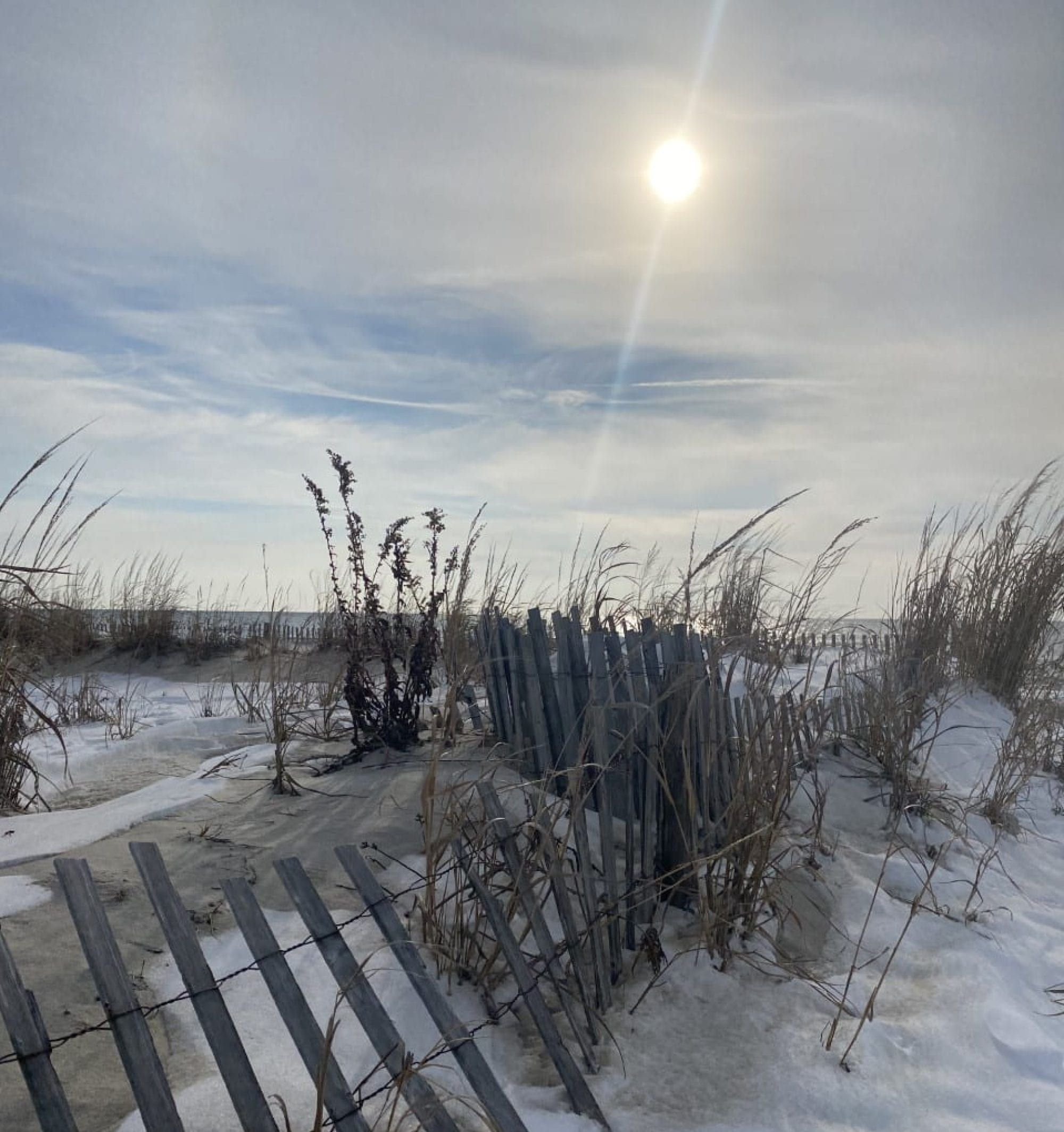 After an almost 28-year hiatus from school, I have returned to finish my BS in Women and Gender Studies. My previous degree was in business with a focus on law/paralegal studies. I run companies for a living so one might ask why Women and Gender Studies? Why now? As I sit here typing this, I look around my desk and it is covered with bank documents, contracts, department of labor correspondence, accounting entries, tax filings etc. On the shelf beside me is a stack of books written by Tarana Burke, Luvvie Ajayi, Angela Davis, Audre Lorde, Glennon Doyle, and the list goes on. Interesting that the contents of both the bookshelf and the desk are parts of my life, reflective of who I am and yet very different. I think many of us share this sentiment. I decided to go back to school and finish my degree in something I felt passionate about. As the mother of two LGBTQ young adults (ages 19 and 22) and a woman/mother/human just trying to do the best I can, I felt the need to do more, to understand more, and to be more. I am here because I remember the words of my father (a retired teacher) who once said to me, “The minute you stop learning and asking questions – is the moment you cease to grow.” I am almost 50 years old, and I am excited about this fire in my belly that has been lit. After so many years of living, I realize that at any time we can change our course and enter into new waters. I am finally finding my voice and making space for the things that are truly important to me. I want my children to know that it is never too late to begin again.
After an almost 28-year hiatus from school, I have returned to finish my BS in Women and Gender Studies. My previous degree was in business with a focus on law/paralegal studies. I run companies for a living so one might ask why Women and Gender Studies? Why now? As I sit here typing this, I look around my desk and it is covered with bank documents, contracts, department of labor correspondence, accounting entries, tax filings etc. On the shelf beside me is a stack of books written by Tarana Burke, Luvvie Ajayi, Angela Davis, Audre Lorde, Glennon Doyle, and the list goes on. Interesting that the contents of both the bookshelf and the desk are parts of my life, reflective of who I am and yet very different. I think many of us share this sentiment. I decided to go back to school and finish my degree in something I felt passionate about. As the mother of two LGBTQ young adults (ages 19 and 22) and a woman/mother/human just trying to do the best I can, I felt the need to do more, to understand more, and to be more. I am here because I remember the words of my father (a retired teacher) who once said to me, “The minute you stop learning and asking questions – is the moment you cease to grow.” I am almost 50 years old, and I am excited about this fire in my belly that has been lit. After so many years of living, I realize that at any time we can change our course and enter into new waters. I am finally finding my voice and making space for the things that are truly important to me. I want my children to know that it is never too late to begin again.
As I jumped into reviewing the feminist blogs, I was disheartened at how many of them have shut down (Bitch Media, The F Word, Skepchick to name a few) or others that expressed concern over a lack of involvement by both contributors and commentators (Feministe) which is ultimately impacting its success. One that caught my eye was Feminist Majority. This particular blog includes topics such as reproductive justice, women’s equal rights, violence against women, sex positivity, education equity, etc. What stood out to me about this blog was that it provides “tool kits” for those wanting to spread awareness and education to individuals in their own communities. The tool kits cover a variety of topics. You can also start a chapter of Feminist Majority on your college campus. If I was local to UMASS Dartmouth I would seriously consider starting a chapter. They provide you with a guide to organize. Middle School and High School girls can start a chapter of GLI (Girls Learn International) and learn how to become an activist and engage in and with their communities. This will definitely be a resource for me going forward as it touches on many of the topics that I am studying as a WGS student. I would have liked it if the blog had an environmental component which it appears to lack.
Through the years there have been many causes that have spoken to my soul. I feel very connected to the water. Protecting the ocean, in particular our beaches, is a priority for me and for the residents of New Jersey. The challenges through the years have ranged from pollution, dumping, drilling, erosion, and now recently the loss of marine life. I remember during my junior year of high school (1991) we could not go into the water during prom weekend due to waste such as hypodermic needles washing up on shore. The water was also contaminated with chemicals. As a joke a few guys tossed me and some of my friends into the water. I quickly developed a rash that had to be treated with antibiotics. Gross right? It was no joke! There remain many catastrophic issues pertaining to the ocean, however the one that is most critical is the rise in sea level which is the result of climate change. The state of New Jersey and its beautiful shores have been impacted by this more than anywhere else in the country. Our increase in sea level over the past ten years was 4” which is twice the national average. This, coupled with the fact that the coastal land in New Jersey is sinking, is creating a recipe for disaster.
The immediate and critical impact we see is flooding usually during hurricane season. (The devastation of hurricane Sandy pictured below at Seaside Heights.) The increase in storm severity coupled with the rise in sea level is a combination of events that is reeking havoc on our shores. This causes millions of dollars in destruction and displaces many people every year. This is having a lasting and catastrophic impact on the wildlife habitats in and around the shore areas. Osprey, heron, and many others are victims as is evident by their dwindling population. Fish migratory patterns are changing as sea temperatures change. This not only impacts the fishing industry but more importantly it impacts the larger species that feed on those fish, creating a chain reaction which alters the entire ecosystem.

https://www.nj.com/ocean/2012/11/seaside_heights_roller_coaster_submerged_by_sandy_may_stay_put.html
Another major issue is the salinity of the water and the affect it is having on the drinking water in the local communities. As the sea water gets closer to land it gets more difficult to treat the well water which is increasingly contaminated by higher levels of salt. Some towns like Cape May have had to spend millions on specialized treatment centers/processes and spend additional money relocating wells. Returning once again to ocean life we look at the acidification of the water which has become a major problem. For example, as it continues to rise it can affect the ability of shellfish to make their shells. The impact of the PH (it is dropping which makes the water more acidic) in the water is critical to a continued healthy ecosystem. The alkalinity of the water is critical. If any of you have ever had a saltwater fish tank (brave as you are) then you know what a challenge this can be and how critical it is to ensure you have a healthy tank.
https://lotusarise.com/ocean-acidification-upsc/
So, the question remains…. What can we do? We need to look at reducing Co2 in the environment. Carbon dioxide is absorbed into the seawater and creates acid in the water that lowers the PH. We need to look at ways to decrease carbon dioxide in the environment by exploring alternatives to fossil fuel energy. While pumping the shores with sand is a way to slow the erosion, it is extremely expensive and not a solution when faced with the rate at which the sea level is rising. We are working against the tides – literally. Towns need to start exploring plans to relocate structures and push back the shorelines. On a state and federal level the implementation and/or continuation of programs that promote the use of solar energy and alternate energy sources is truly key.
The majority of the information that I curated came from research conducted by Rutgers University in New Jersey through the Rutgers Climate Institute. Their commitment to research, activism, and action with this issue is commendable. Their site is easy to navigate and full of information to educate oneself and get involved. One can get involved by becoming a member of the New Jersey Climate Change Alliance whose focus is to advance climate change solutions. In addition, the State Department of Environmental Protection Cooperative Coastal Monitoring Program is another great tool to stay informed and safe in regard to coastal reporting of water quality, beach closures, weather, and more.
Truthfully, like many of us, I have not been as active as I should/could be with regard to this issue. I do things within my household, but I know I could do a lot more. We are thinking of going the solar panel route for our home as long as it does not entail cutting down trees as we have many on our property. We are trying to cut down on our energy/utility usage as well as decrease the number of aerosol products we use. We have already drastically reduced plastic products and we recycle everything that we can. Am I ready to give up my air conditioning yet? No. After all – haven’t you heard? The temperatures are rising.
